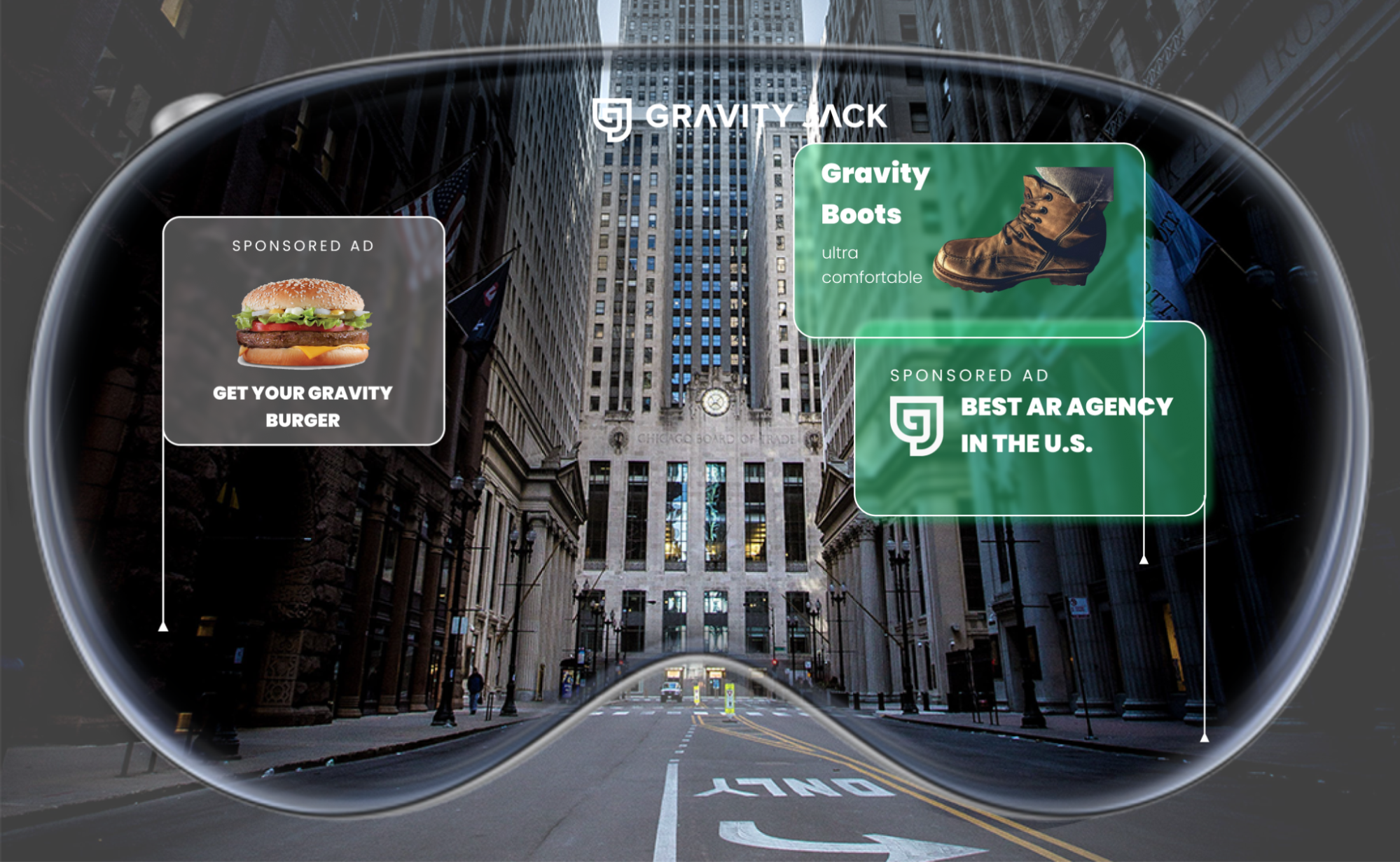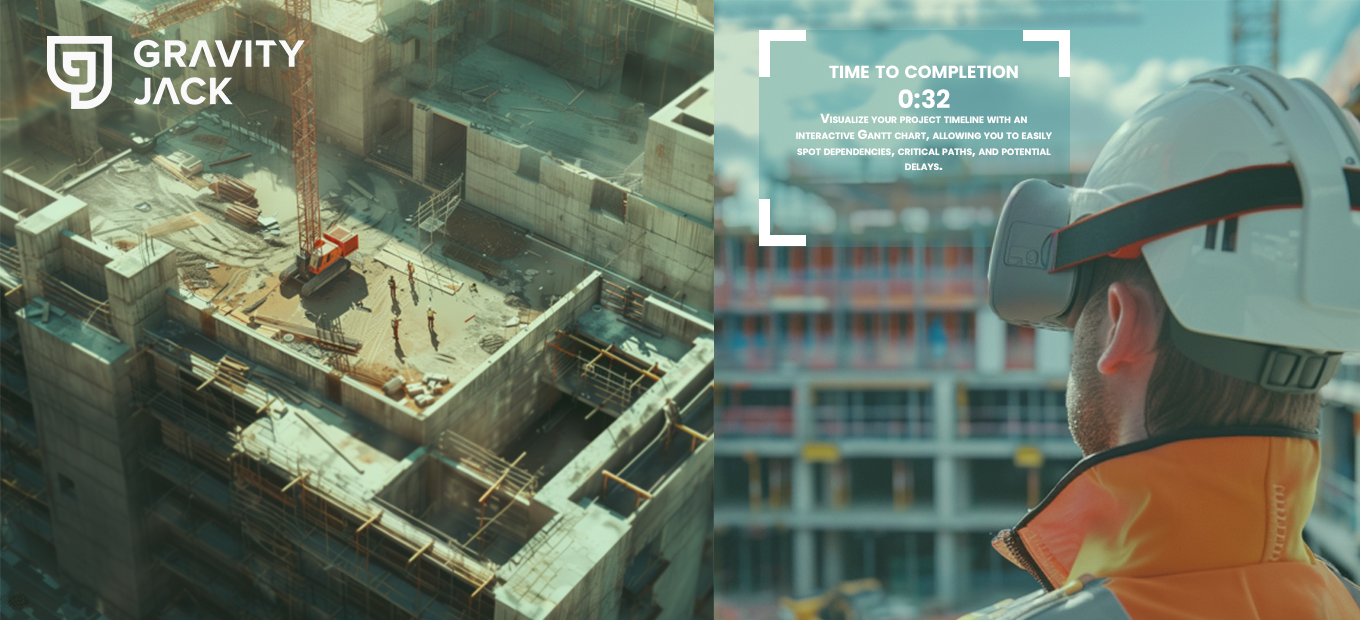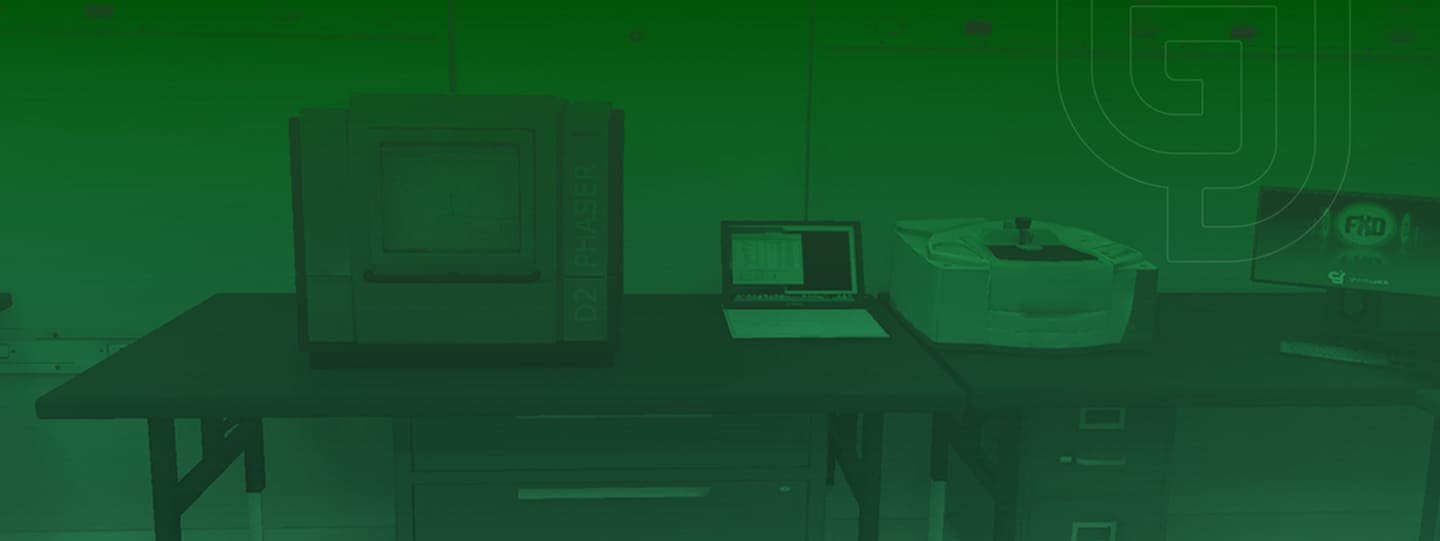

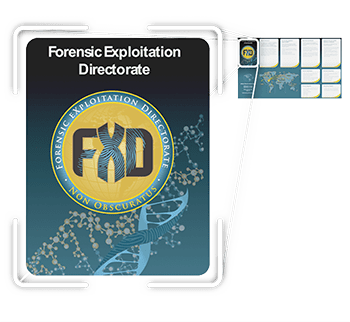
FXD FORENSIC VR APP
In a project created for the United States Department of Defense, the FXD Forensic Virtual Reality app equips U.S. intelligence personnel with a lifelike demonstration of what forensic exploitation laboratories (FXL) can accomplish, allowing them to learn how the armed forces rapidly analyze field evidence and use the results to gain actionable information on enemies abroad.
The immersive VR experience begins with a realistic tour of an FXL, where users explore the lab and inspect specialized pieces of equipment. After completing the virtual tour, the app takes the user through an actual declassified mission: the aftermath of the 2012 attack on Camp Bastion. Within the VR environment, users move about the lab to “process” evidence such as blood samples and fingerprints to identify the surviving attacker, then use the results to link the attacker to the incident. This information is later used to expose a network of enemy operatives and allow coalition forces to take action. The development of this project brought the Department of Defense a new and exciting training tool to prepare their personnel on missions before they happen.
Client
The United States Department of Defense
Platforms
- iOS App Development
- Android App Development
SERVICES
Mobile App
Deliver dynamic content to customers in new and exciting ways
Virtual Reality
Complete immersion in a custom digital environment
3D Development
Realistic 3D artwork that can be viewed from any angle
Custom Animations
Putting any process or procedure in a VR Environment
360º Video
Immersive spherical video of existing locations that can be placed in VR
On-Site Production
Travel based on the project’s needs to capture any necessary data
THE GRAVITY JACK PROCESS
The Forensic Exploitation Directorate (FXD) is a segment of the Defense Forensic Science Center, the premier forensic arm of the U.S. Department of Defense. Their mission: demonstrate the capabilities of their field-deployed forensics labs to intelligence personnel (and the general population). To give users a first-hand view of these globally-positioned FXLs, Gravity Jack was tasked with replicating a mobile lab that users could explore in a virtual reality environment.
TIMELINE STAGES
USER STORIES
Puts us in the shoes of a potential user to make informed decisions about the functionality and flow of the project.
WIREFRAMES
The blueprints of a project that put the design and development teams on the same page prior the development
UI/UX DESIGN
Integrating branding, style guides, and more to give the project cohesive look and feel
DEVELOPMENT
Development begins with the architecture of the project with integration tests help verify that all software is written based on the project requirements
QUALITY ASSURANCE
A test plan is created where the project is tested at each development milestone and again multiple times upon competition to ensure a seamless experience
LAUNCH
Working alongside the client, a process is established to launch the project based on the intended audience. The code is then packaged up and provided to the client!

PROJECT DEVELOPMENT
To create this experience, the Gravity Jack team visited an FXD compound in Georgia to film inside a fully-stocked FXL. By utilizing VR technology, the app allows the user to be immersed in a realistic 360º environment. Designed for lightweight Cardboard VR headsets, the FXD app is compatible with both iOS and Android smartphones.
The first experience within the app is a virtual tour of an FXL, allowing the user to walk around and inspect rooms of various forensic equipment such as:
- Scanna ScanMax2 – Stationary X-Ray Machine
- Caron Forensics Fingerprint Chamber – Humidifier
- Thermo Scientific ST16R Centrifuge
- Applied Biosystems 3130xl Genetic Analyzer
- Eppendorf Thermomixer R
- Bruker D2 Phaser
Above each piece of equipment is a live 3D replica that simulates how the machinery works. For example, an animated X-ray machine will accept a sample, scan, and deliver results. Users can easily navigate between rooms via an intuitive sidebar.
Upon completing the tour/tutorial, the second experience begins by describing the aftermath of the 2012 attack on Camp Bastion. After reading a case background, the user must navigate between previously explored rooms to “process” a collection of evidence including blood samples, fingerprints, rifles, and ammunition. For example, fingerprints are extracted and “uploaded” into the DoD’s database to obtain immediate results. Users are free to complete the tasks in any order, and the experience ends by recapping the final lab results (which mirror real-life events). The narration describes how this information linked the captured attacker to the incident and ultimately exposed an entire network of enemy operatives.
The FXD Forensic VR experience allows users to explore an FXL up close and learn the full extent of its capabilities. With the power of VR technology, intelligence personnel can take immersive, interactive tours of these facilities from anywhere in the world. In prior years, sensitive material discovered in conflicts abroad had to be packaged and shipped stateside for analysis. Field-deployed FXLs eliminate this delay entirely and grant U.S. intelligence access to advanced forensic analysis, wherever the battlefield is.
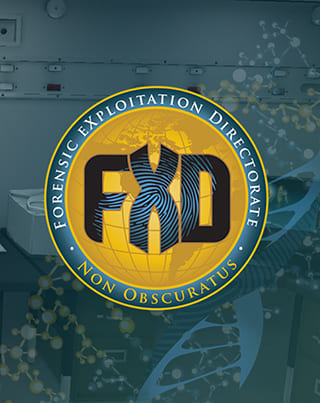


ASSOCIATED GRAPHICS
Developing the gaming component of the FXD required Gravity Jack to design and develop a series of graphics and icons that could be identified throughout the experience.
Extra Graphics
Text and character animations that come to life within the project
TABLET DESIGNS
While the primary virtual reality experience was meant for Google Cardboard devices using iOS and Android devices, Gravity Jack also ensured that the app also worked with tablets as well.
Tablet
UI/UX development for mobile devices with larger screen sizes


DESKTOP DESIGNS
Gravity Jack designed and developed a website where the DOD could upload additional training. Users could view videos and review text as it related to the FXD experience.
Web Development
Creation of an online presence that is unique to the project

FINAL DELIVERY
The United States Department of Defense was equipped with a Virtual Reality app that equips U.S. intelligence personnel with a lifelike demonstration of how to rapidly analyze field evidence and use the results to gain actionable information about enemies while serving abroad.
The Goal
in the field, the Department of Defense wanted to prepare them by recreating a set of realistic training solutions.
Gravity Jack’s Solution
Recreate the scenarios in a virtual reality environment which will not only give users the impression they are actually in the field analyzing evidence, but are also presented with a wide variety of realistic scenarios to work through.
The Result
By traveling and shooting 360º footage on-site, Gravity Jack was able to create a VR environment that was an exact replica of what the environment that U.S. intelligence personnel would find while serving abroad.

